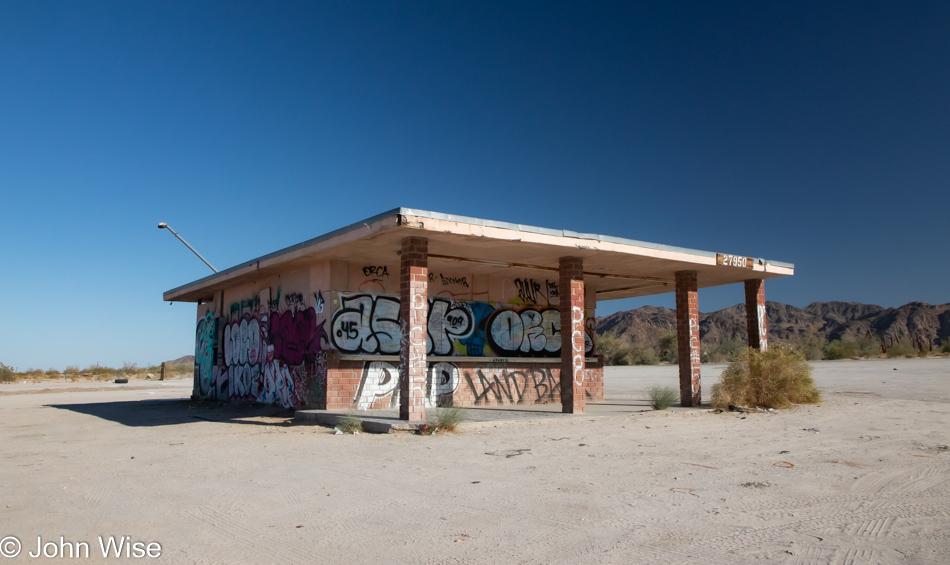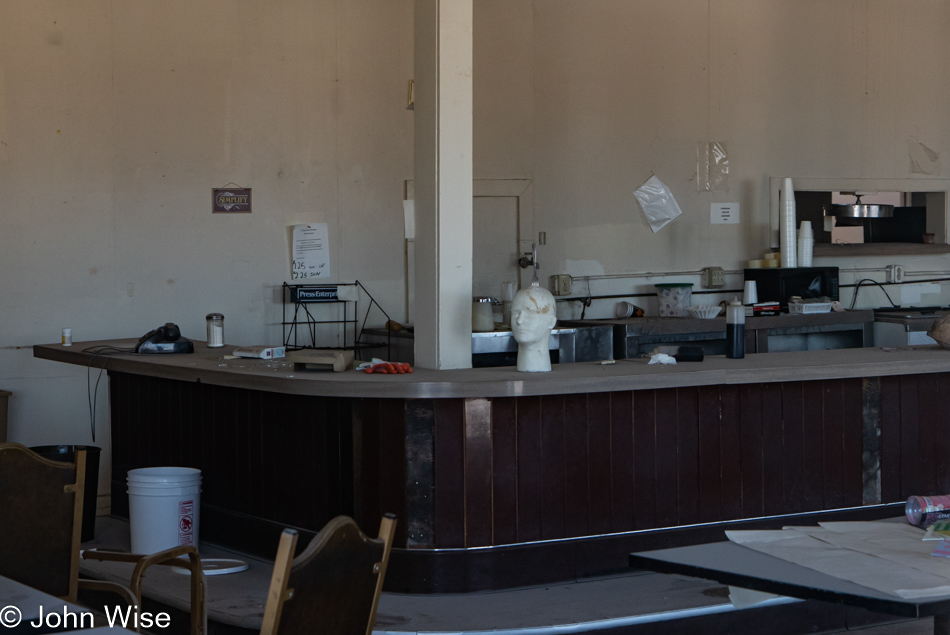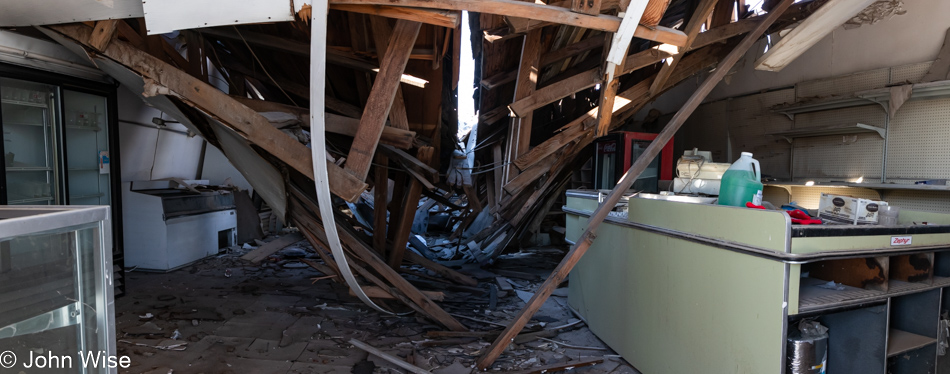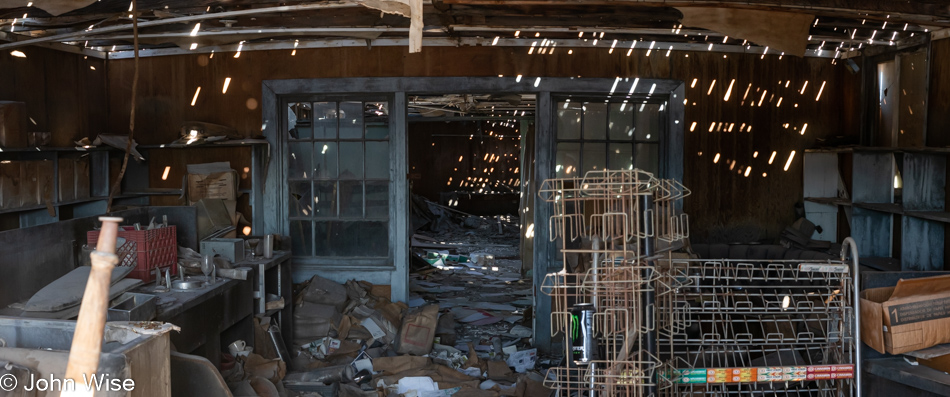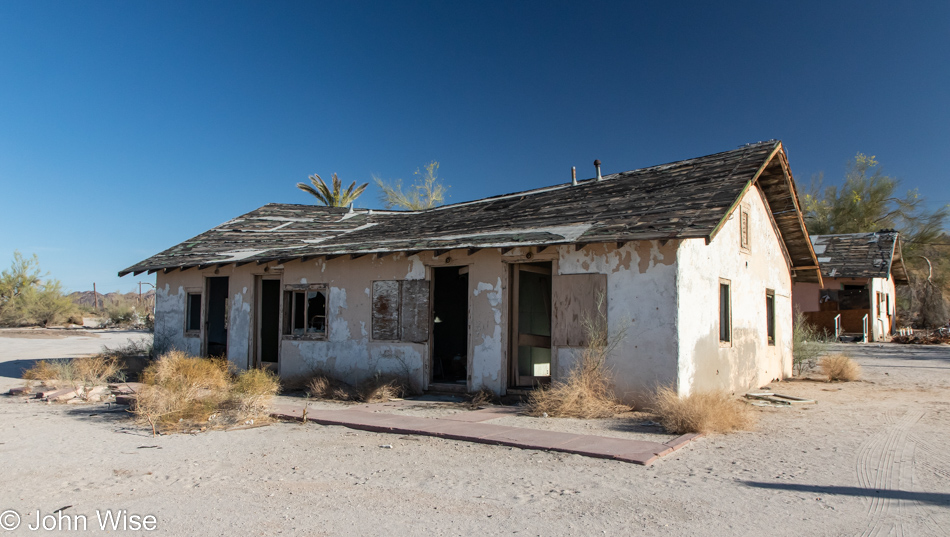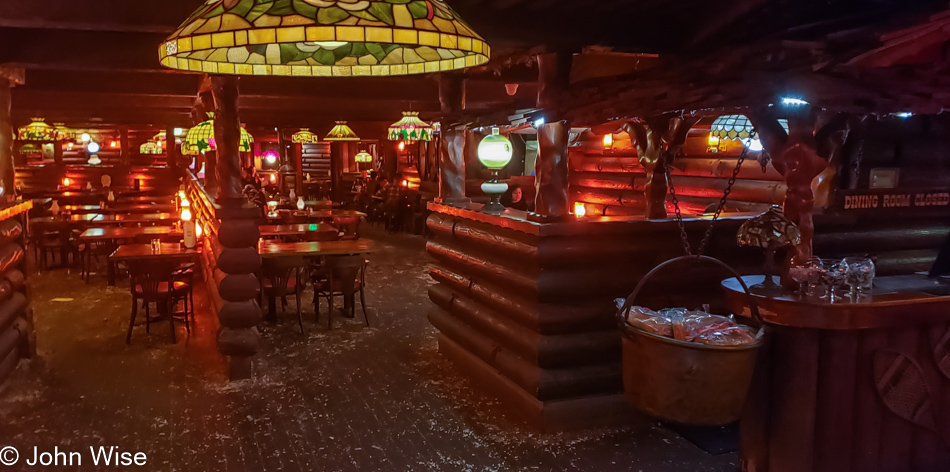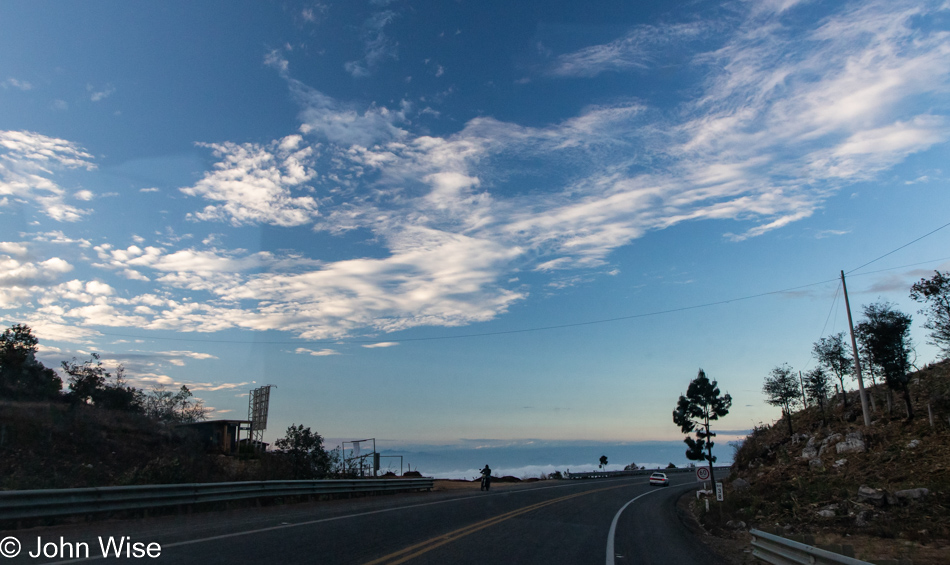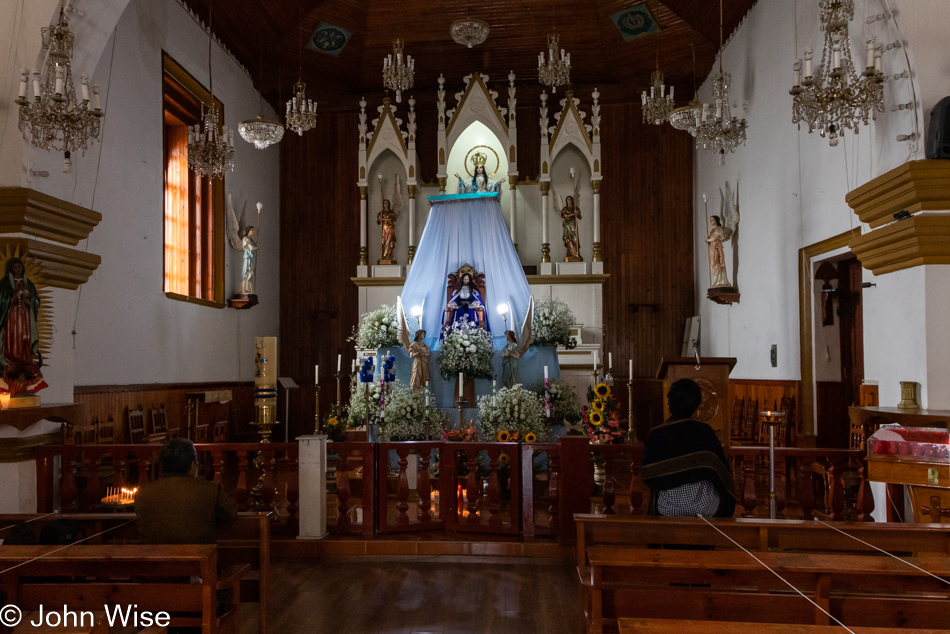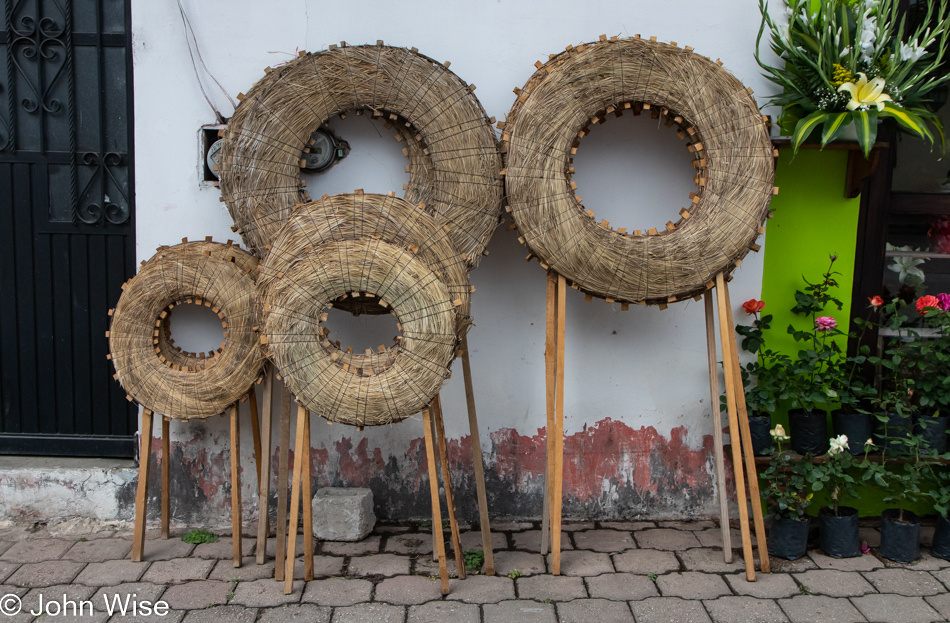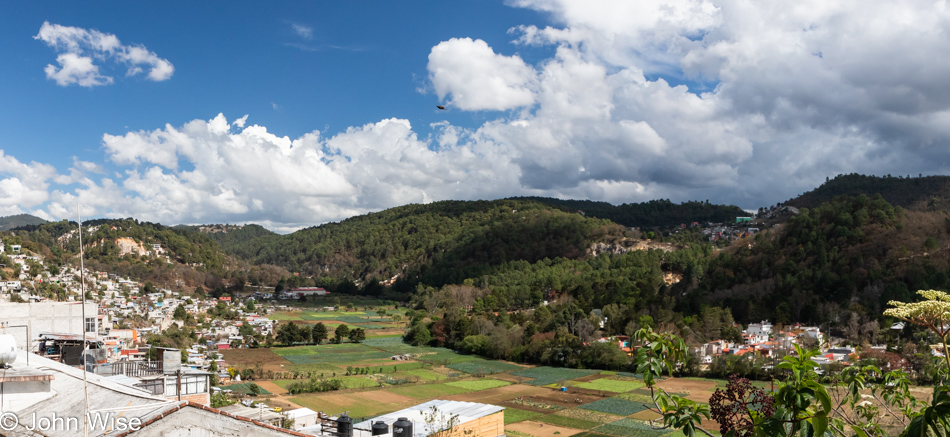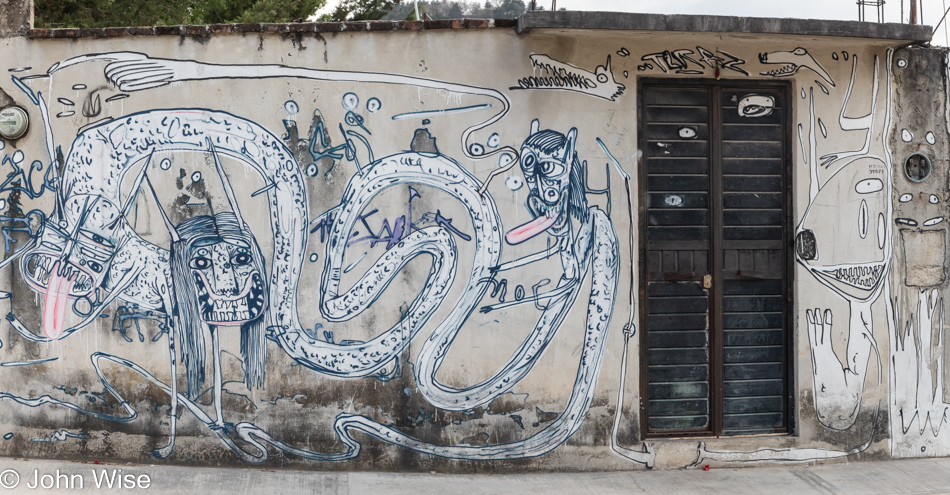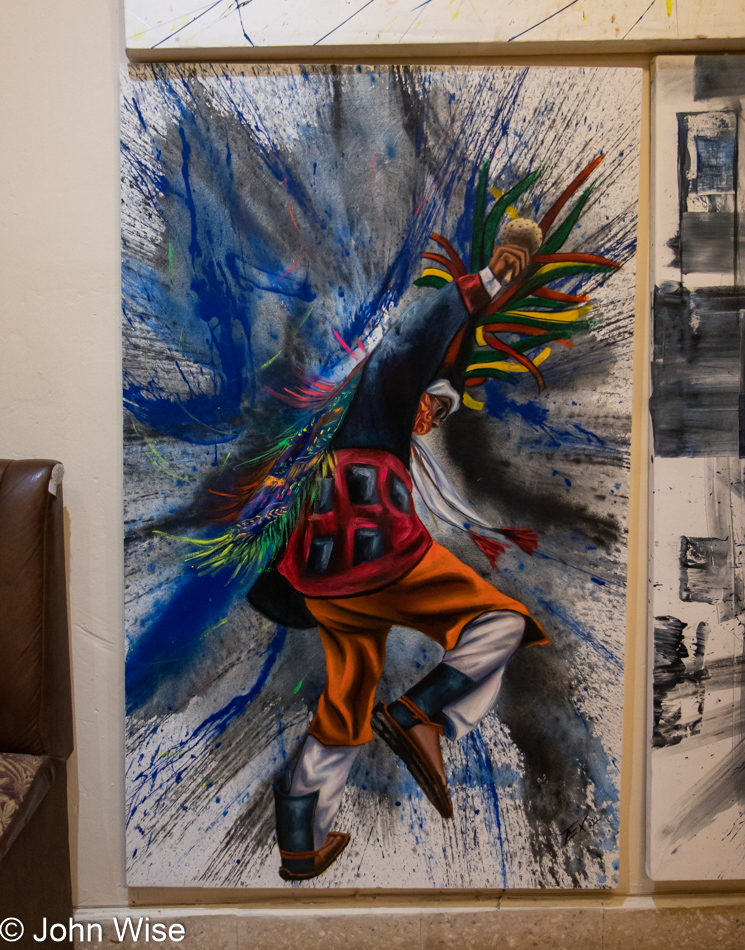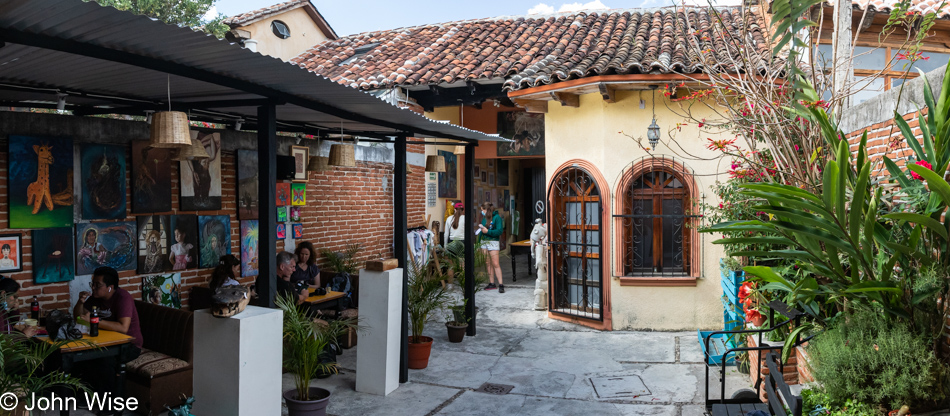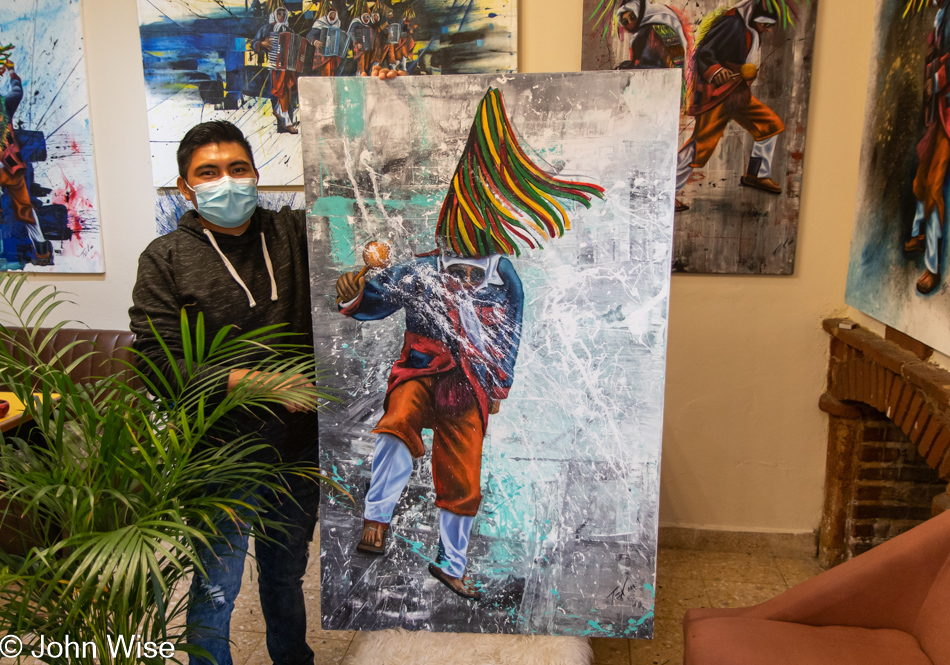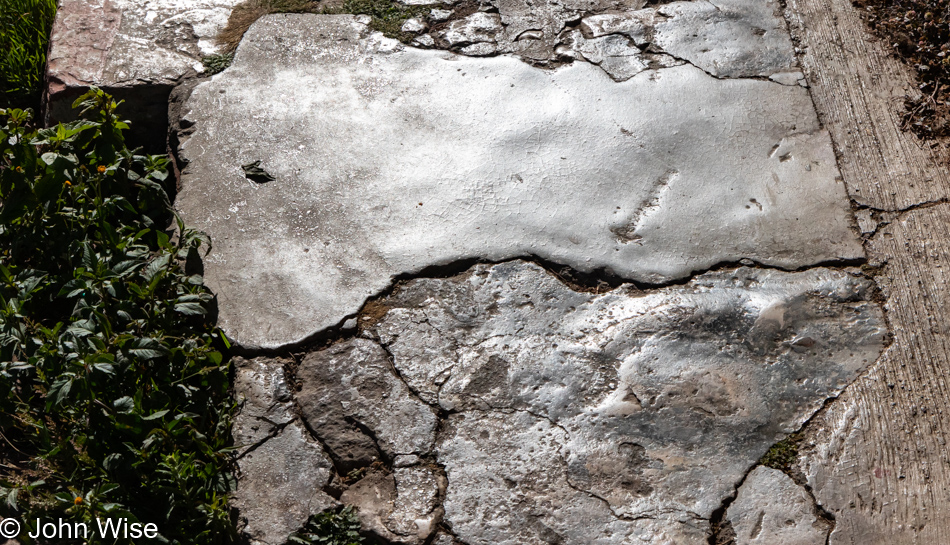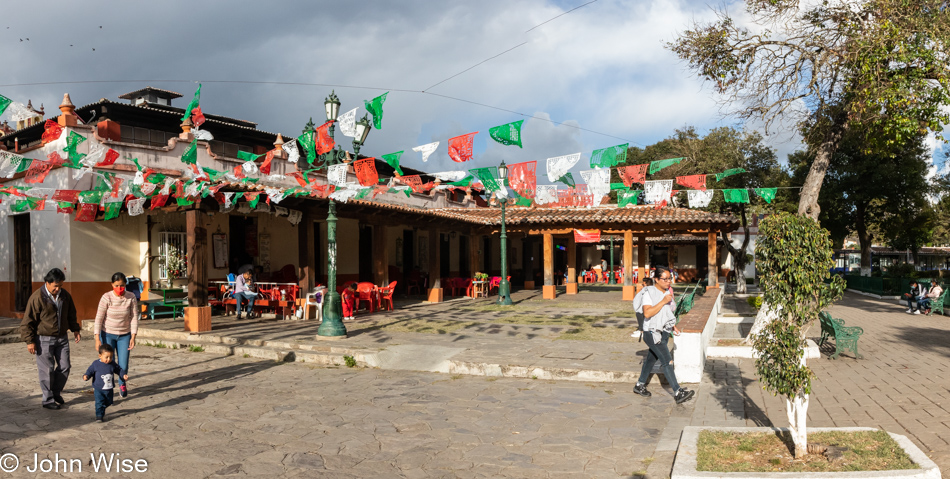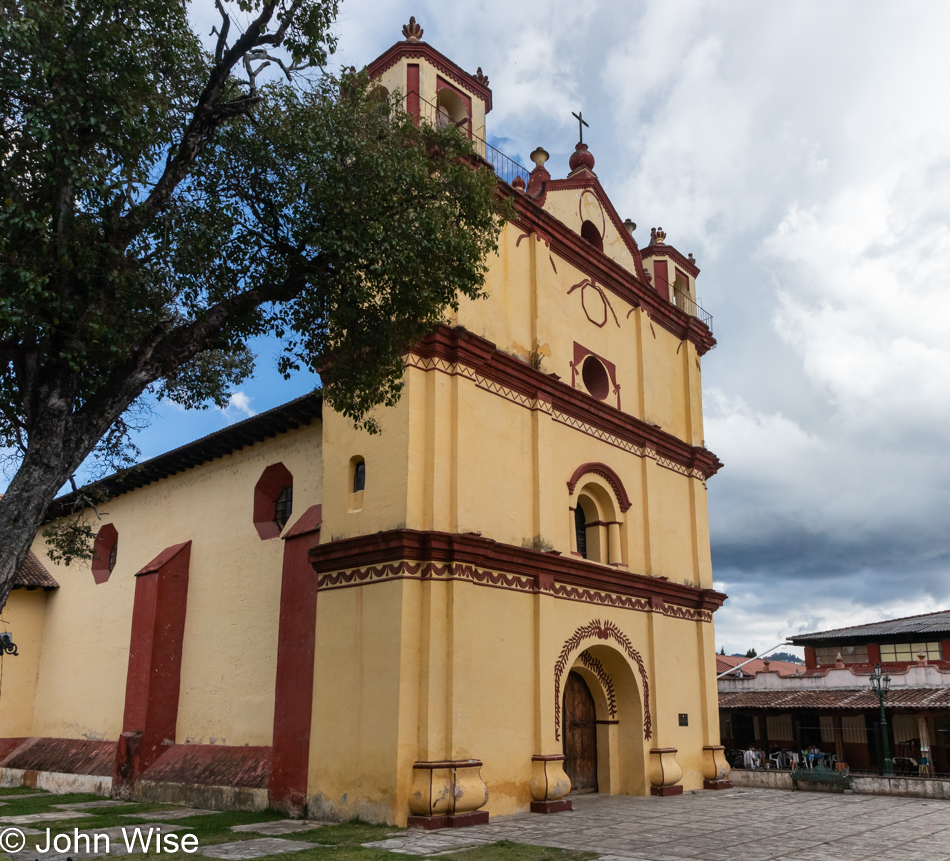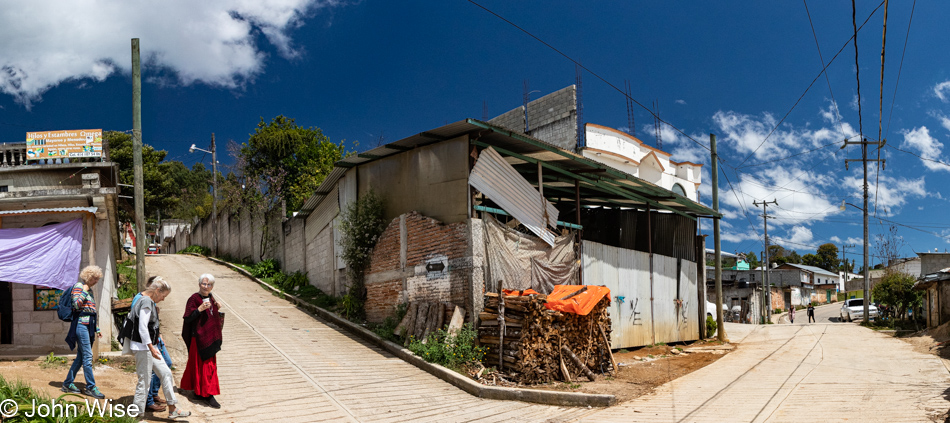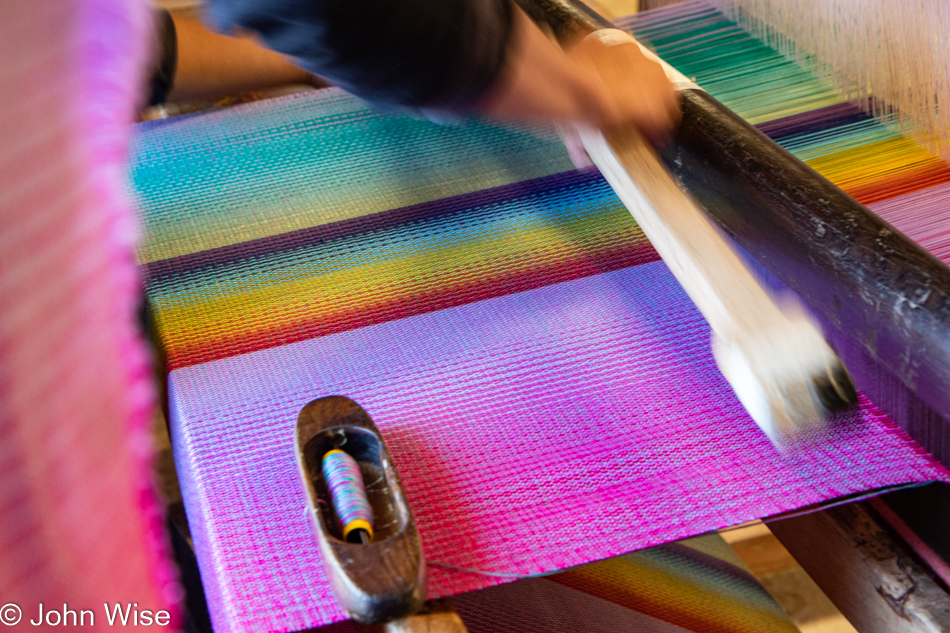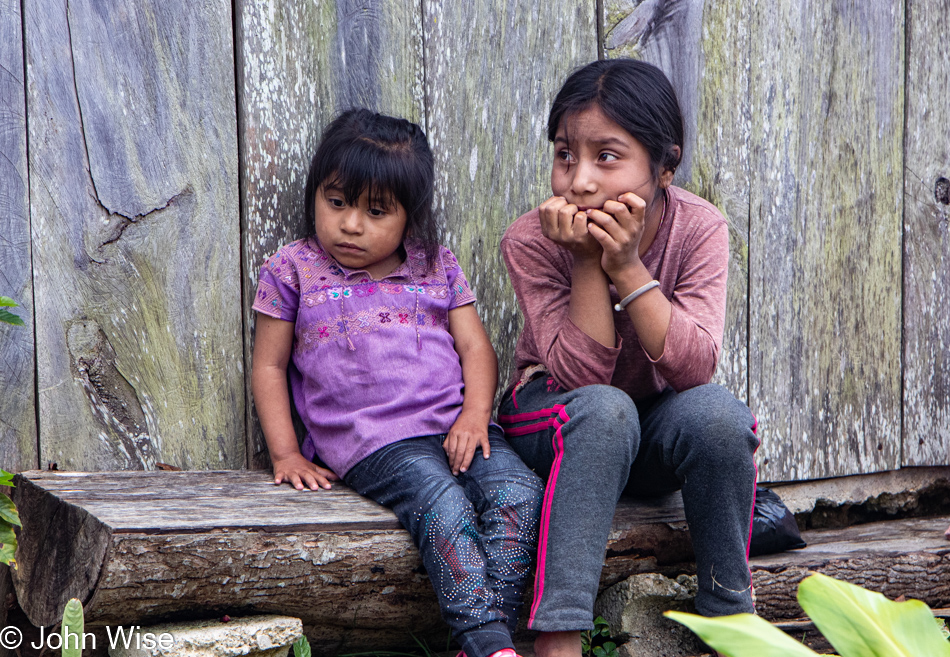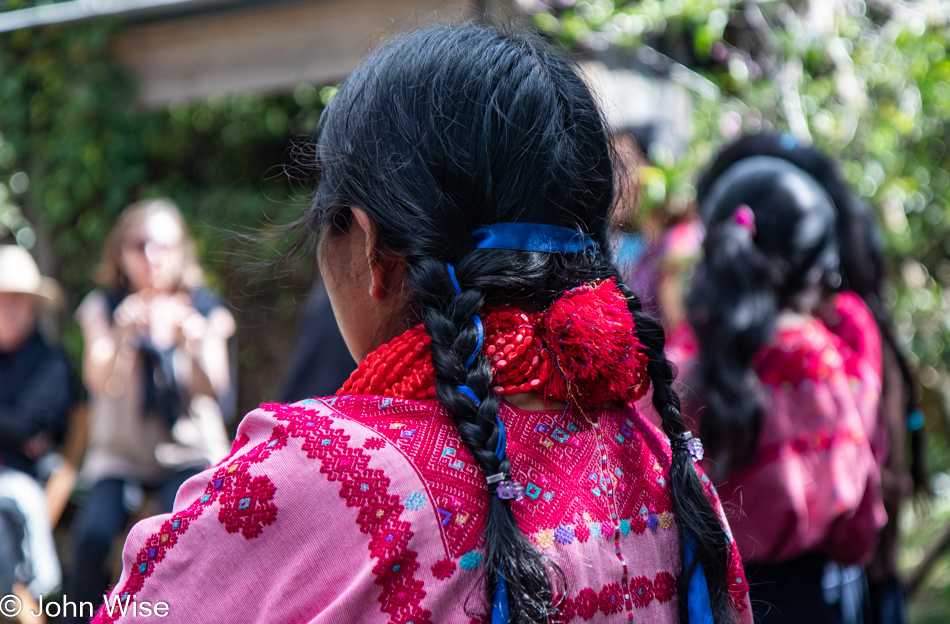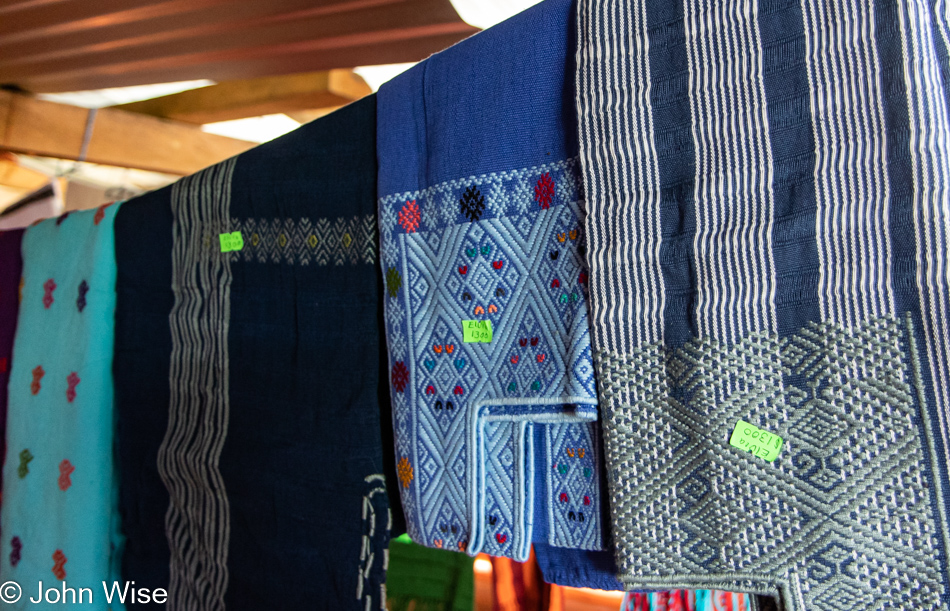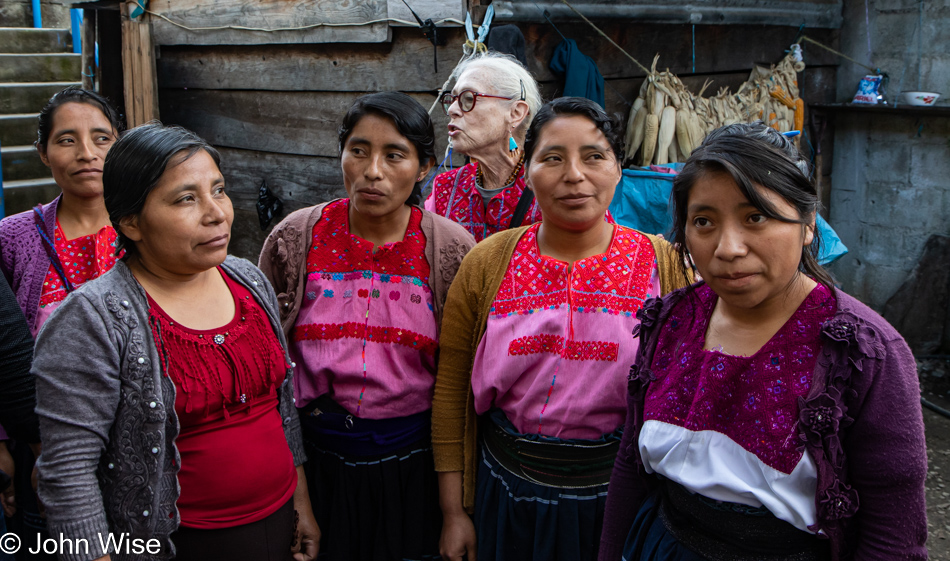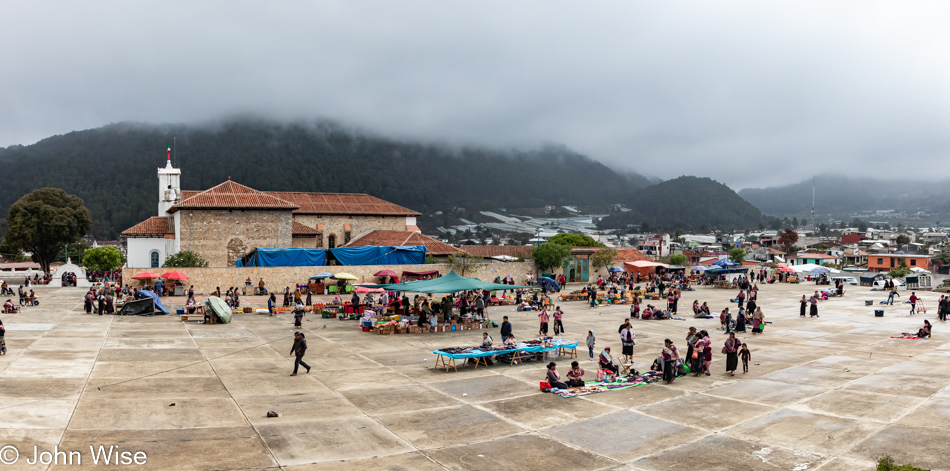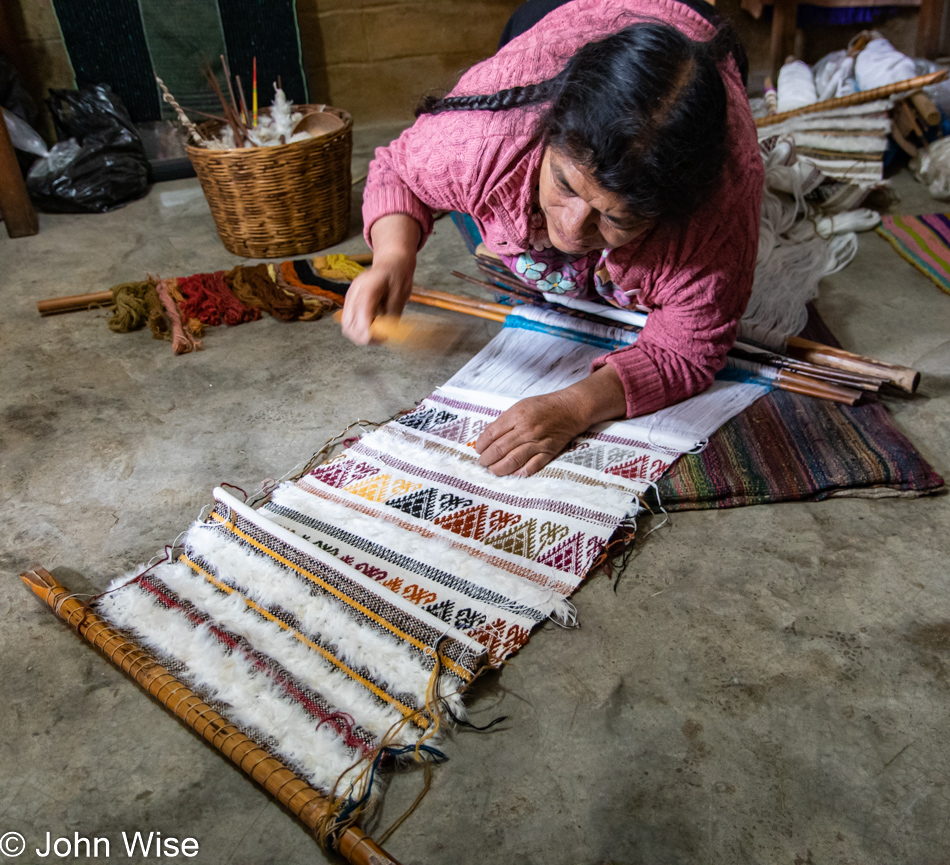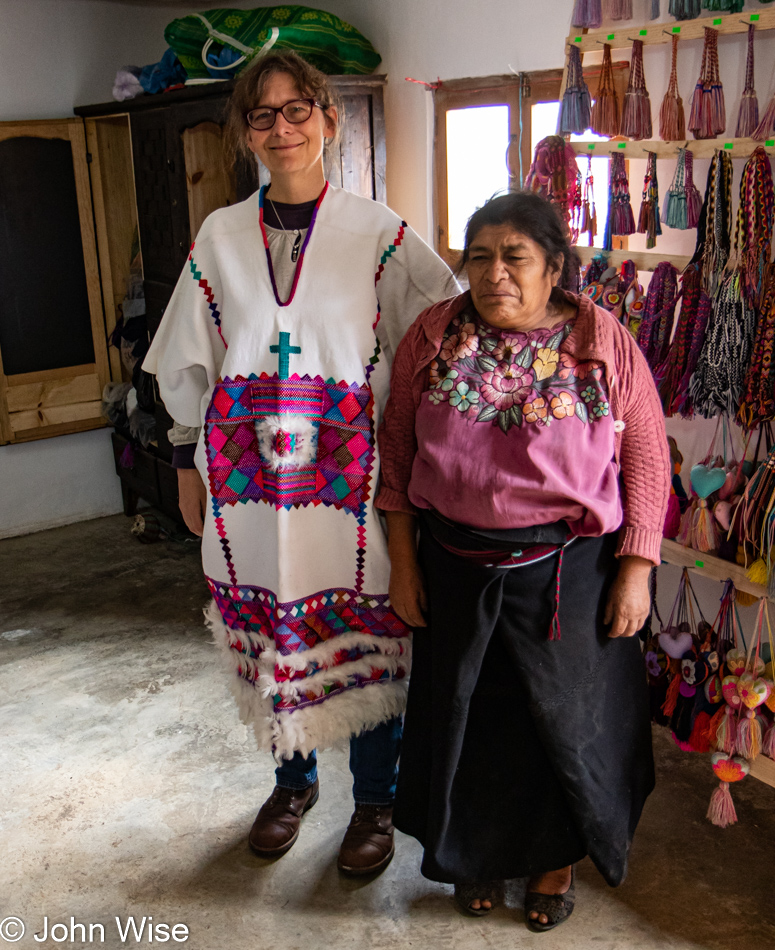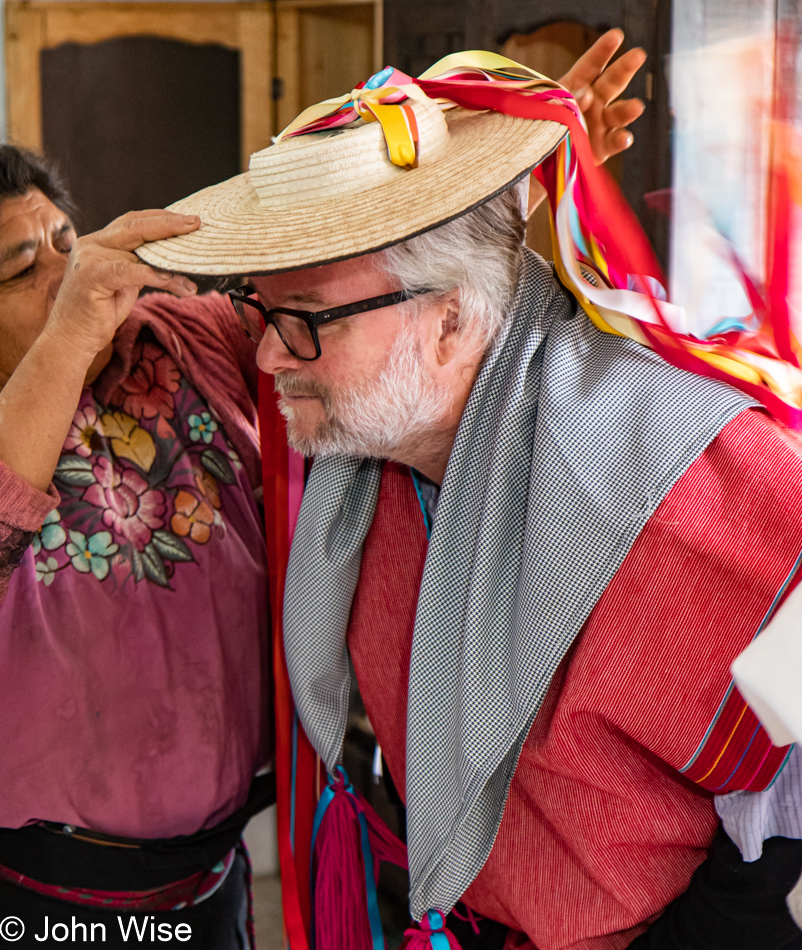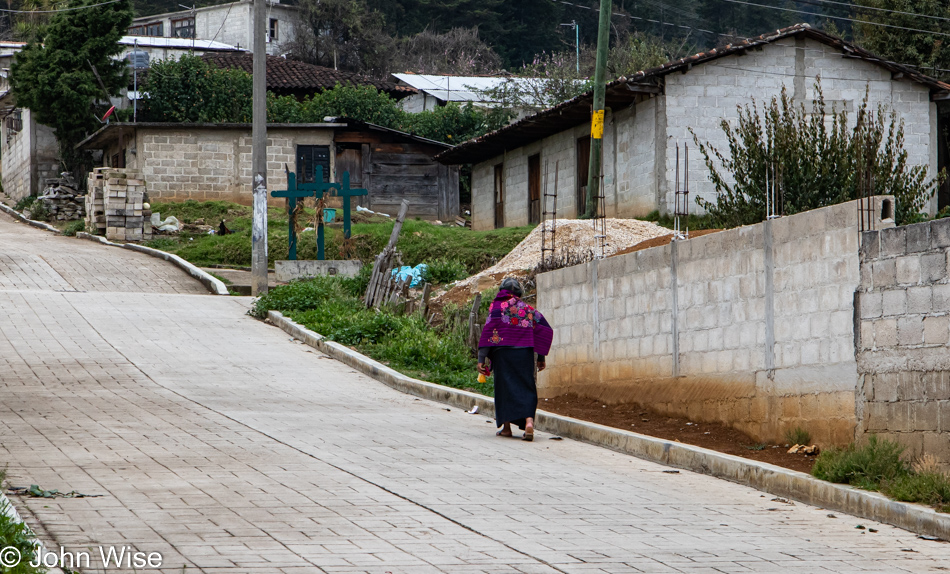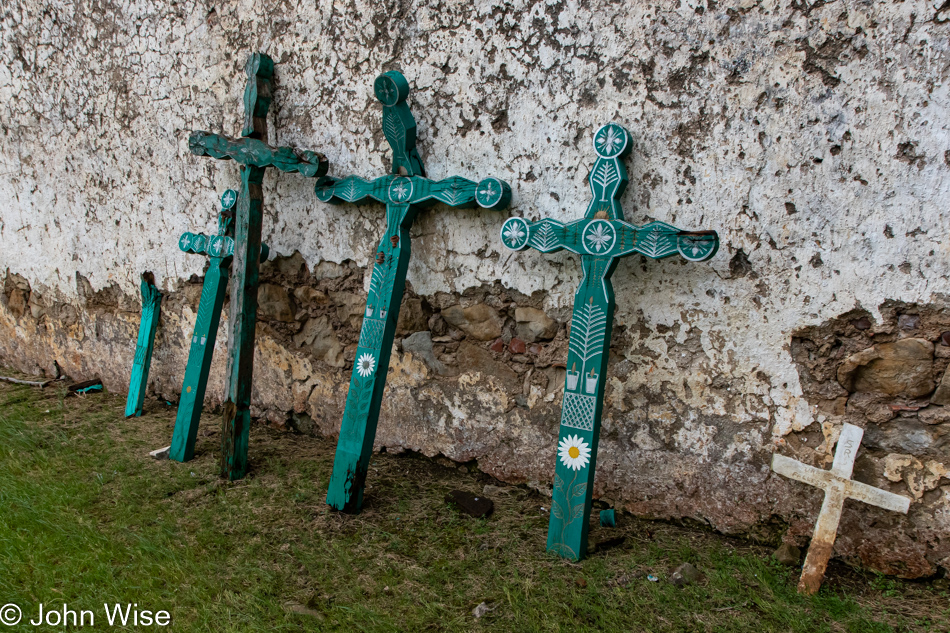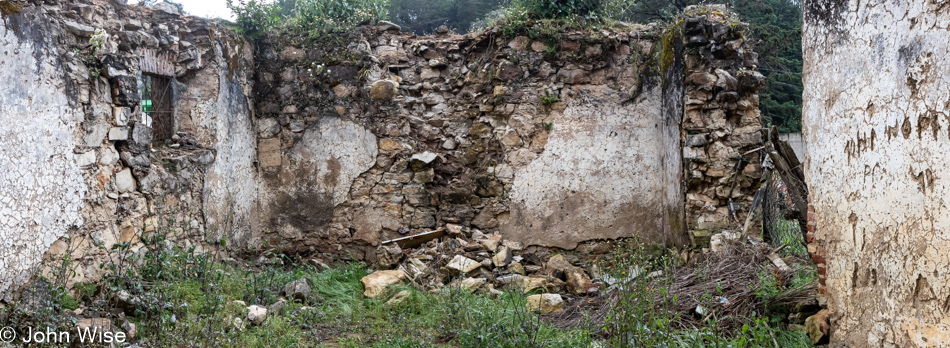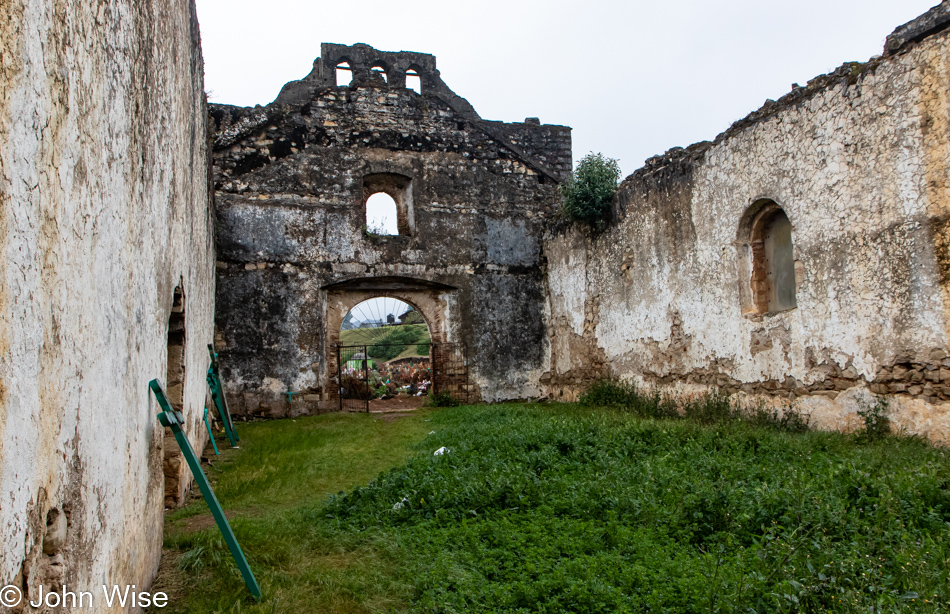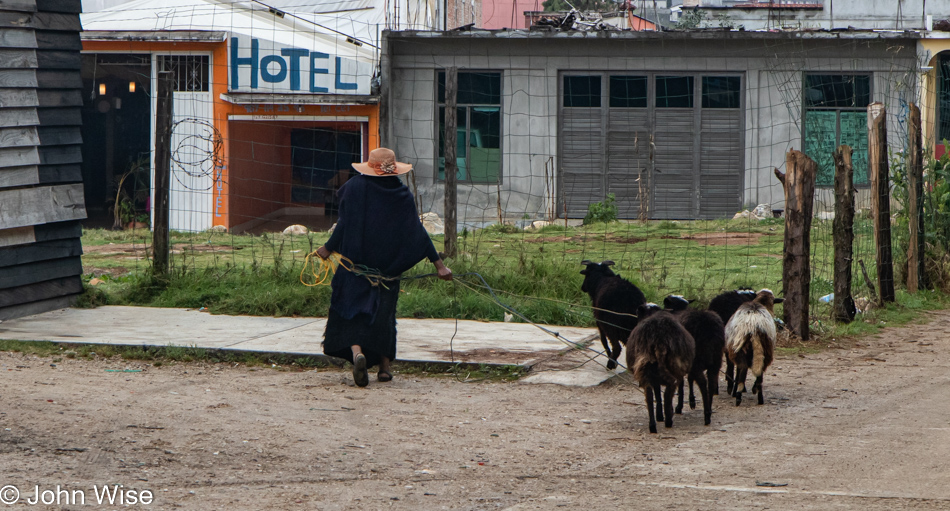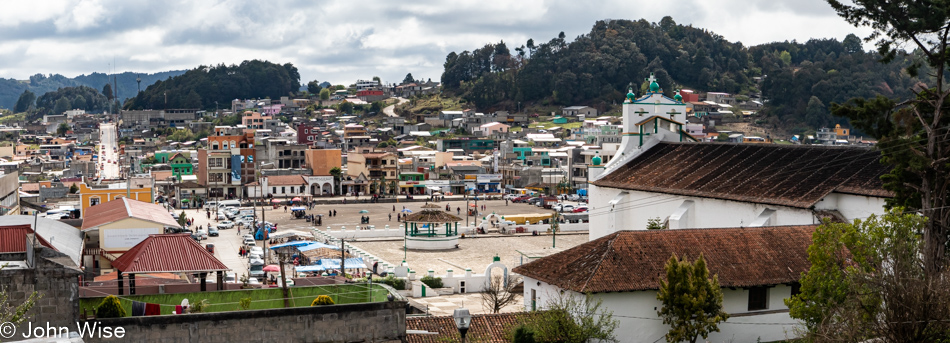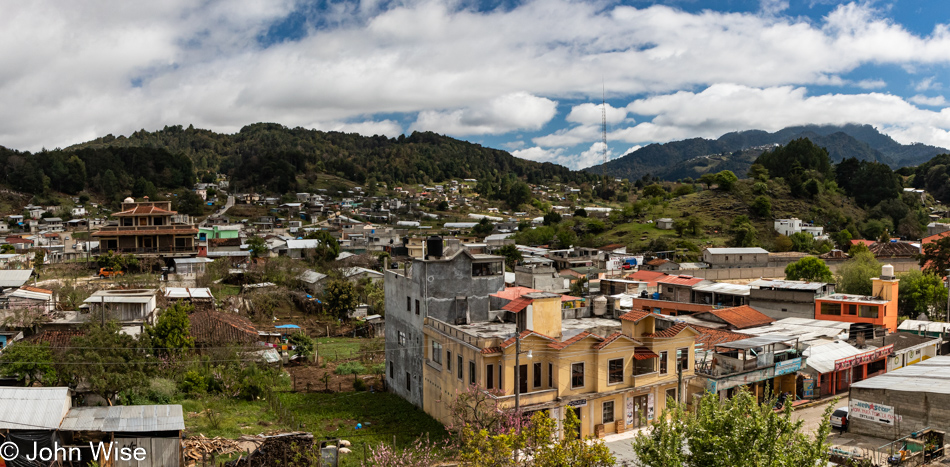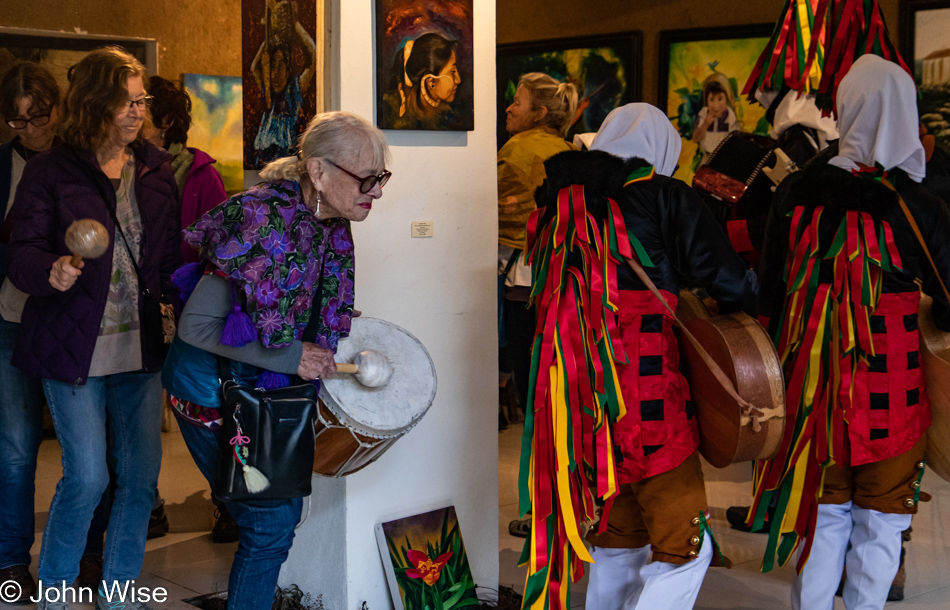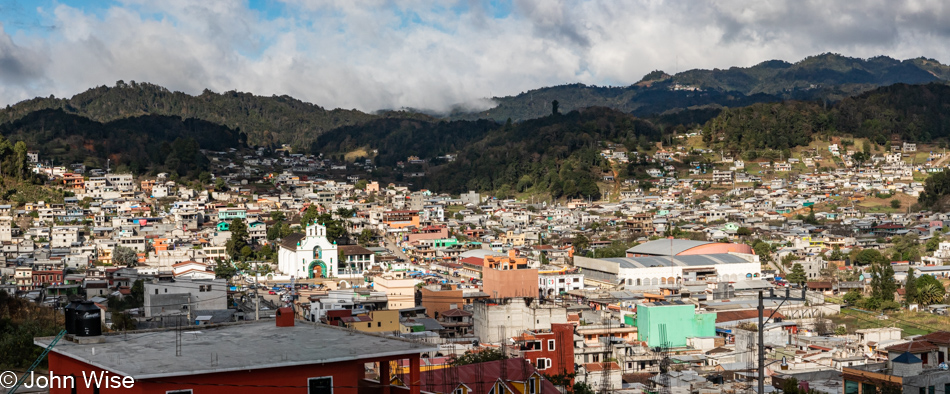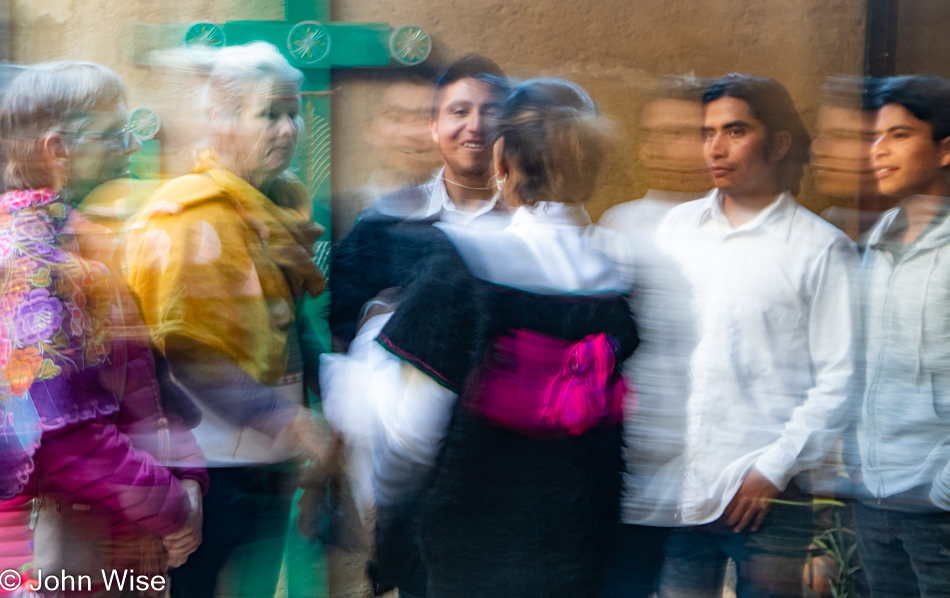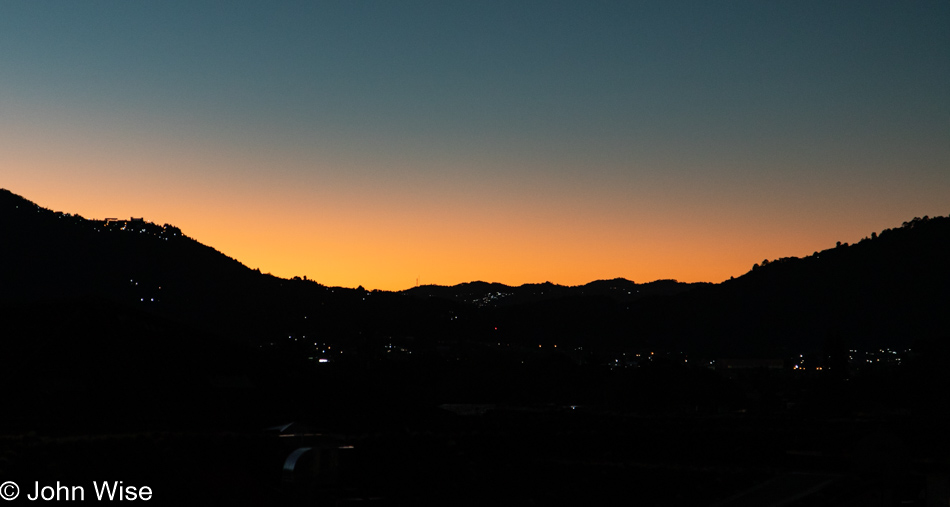
You thought gas was expensive in L.A.? You should try breakfast. We are at La Republique on La Brea in a historic building erected by Charlie Chaplin back in 1929, seriously nice digs. Our first stroke of luck was finding parking; next, we were early enough on this Saturday not to get stuck in a long line. Caroline opted for nostalgia, ordering the shakshouka, which is what we had on our first visit here back in August 2019 with the Braverman’s. That was a special moment as it was our first meeting with their new son, Liam. Lucky for Republique, we won’t be camping out here for 3 hours today as we did then as we have an appointment coming up at 10:00 a.m. As for my meal on this visit, a lobster and gruyere omelet with arugula. So what took the bill to $100, well we also had coffee. Just kidding, though we did have coffee, we also ordered three pastries to go; yep, that’ll do it.

Well, how’d we mess this up? It’s Saturday, we thought we were supposed to be at LACMA (Los Angeles County Museum of Art), but it turns out our reservations are for Sunday, and we planned on being at the Huntington Library and Gardens over in San Marino today. Not sure the garden is going to honor today’s tickets tomorrow but we were not going to race an hour across the L.A. basin to try to get there when both entries were scheduled for the same time. The worst outcome will be that we have to pay for our entries tomorrow without credit for today, but I suppose it supports a good cause.
So far, so good, as the person at the ticket office for LACMA simply refunded our tickets for tomorrow and then charged us for entry this morning.

Started up on the third floor by taking the outside escalator up into the void. There’s a moment on the ride up, where high over the ground below, it appears the escalator doesn’t connect to the open walkway. With that bit of nerve-wracking out of the way, we started our truncated tour of the museum. Truncated because a large part of LACMA is gone as they are building a massive new structure spanning Wilshire Boulevard that won’t open until 2024.
Once in the gallery, I’m confronted nearly immediately by one of my favorite artists, Otto Dix. The piece is called Leda, and it depicts a swan raping a woman. It is not the depiction of Zeus’s avatar, the swan, raping Leda that draws me to the piece or to Dix’s work; though most of his work depicts a cruel and violent world, it is his authentic depiction of a people enthralled with the gore they so fondly adore. I fully understand that “most” people will feign disgust at images of violence, but the reality, in my view, is that our population needs blood sacrifice to nourish some primordial love of brutality. I happen to appreciate mine in the unflinching, cold, authentic voice of art.
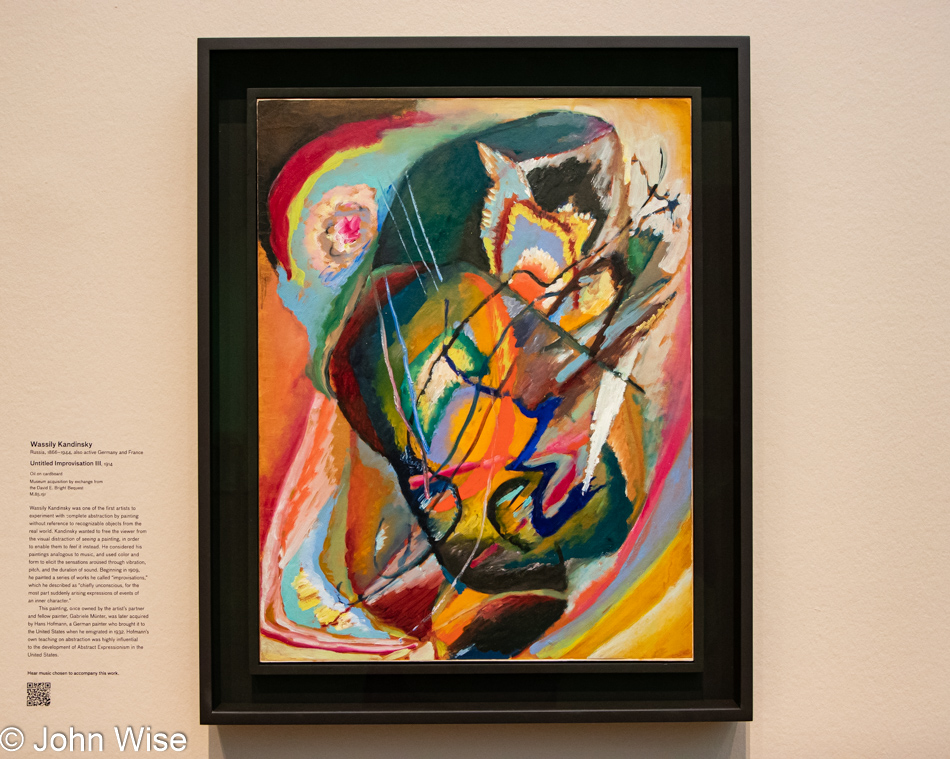
I have an unwavering appreciation for the art of the last 19th and early 20th centuries. From Kandinsky, pictured here, to Chagall, Klimt, Delvaux, Miró, Klee, Ernst, Dix (above), and the inheritor of these schools of art, Francis Bacon.

Growing up, I loved the experimental nature of what I was seeing from David Hockney, but as he took L.A. by storm, I started growing weary of his work. It seemed to me that his movement stopped and that his themes were uncomplicated pieces that would sell to an adoring crowd of aficionados who needed an art celebrity friend in their midst. So, if I don’t really enjoy his work, why am I including one? When I was younger, my fascination with Hockney’s work likely arose from my discovering the world of art around me, and now today, I look at this piece and wonder if I’m simply not able to find appreciation because I lack the sophistication to understand how to see it.
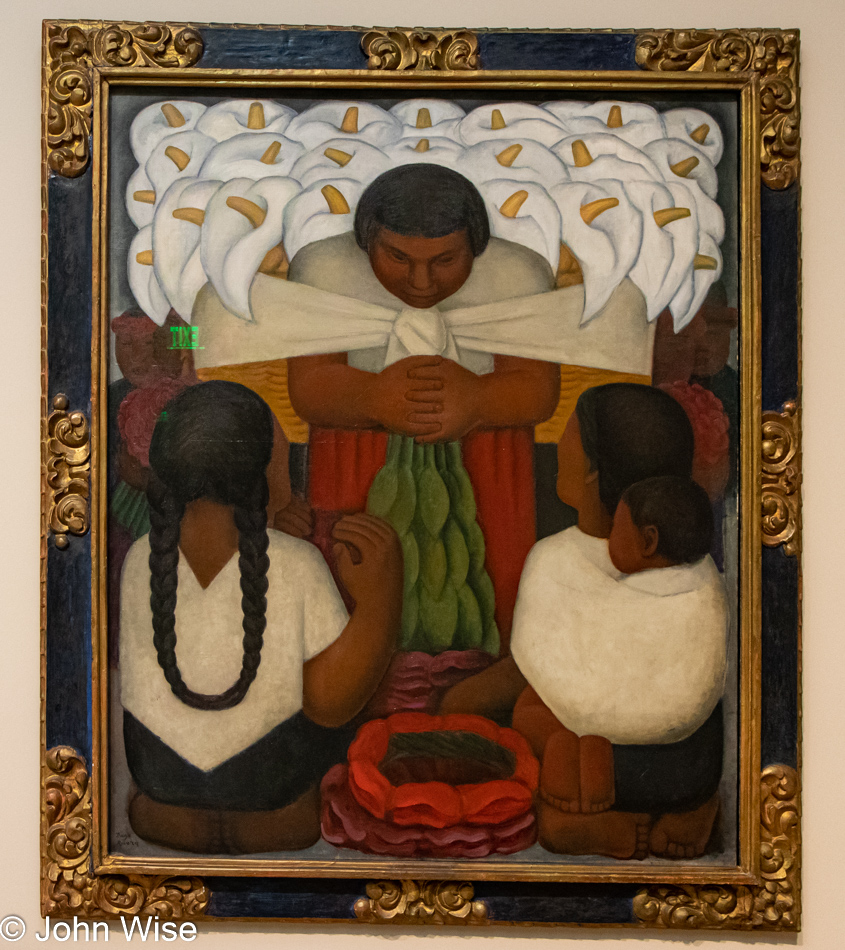
It is in the arts of writing and painting that I find respect for Marxist ideology. Diego Rivera and his wife, Frida Kahlo, are two of those creators who likely were given more credit due to their thinking I felt stood behind their work compared to how my disdain of the status quo drove my derision of the mainstream.

Maybe the most famous work on exhibit right now here at LACMA, or at least the most recognizable to many, is The Treachery of Images by René Magritte. A contemporary of Delvaux’s and fellow Belgian certainly places him in the realm of interesting artists, along with being one of the first artists to work in Surrealism. All the same, I never found a spot for him in my aesthetic sense of appreciation.
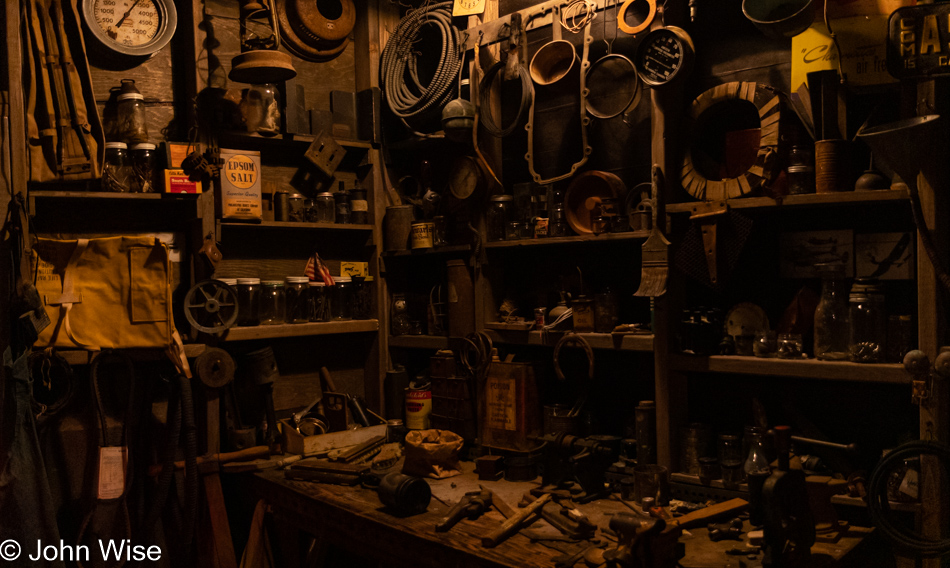
Michael C. McMillen’s Central Meridian (The Garage) is one of my favorite installations ever. The Garage took me right out of LACMA and Los Angeles and deposited me somewhere out on the road in the middle of America after being granted access to a long-abandoned garage that hadn’t been ransacked.

Hailing from Chile, artist Roberto Sebastián Antonio Matta Echaurren, better known as Roberto Matta, created this piece as a reflection of the violence of the Vietnam War and the Watts Riots in Los Angeles. This piece is called Burn, Baby, Burn.

It was difficult to truly demonstrate the size of the biggest elevator Caroline or I have ever been in. I’m in the opposing corner, but this shot really would have benefited from using my 10mm lens (left at home) instead of the 17mm I tried squeezing this into.

We are not typically ones for modern contemporary art, but the work of 77-year-old take-no-prisoners Barbara Kruger kicks modernity square in the crotch of superficiality and lays bare the empty social media-driven society of the pathetic that we are. I’d never heard of this hard-hitting force of truth before, and it wasn’t long until she captured my emotions as she reassured me that people older than myself also see the shit of what we’ve become.

Adjacent to this was another sign that read, “I Love Myself. And You Hate Me For It.” The dichotomy is poignant as the artist shows us the profoundly ugly state of being that exists in order to make someone feel better at the expense of the other. This resonates with me regarding our relationship between rich and poor, success and simply surviving, winning and losing. When you understand our simplistic positioning of perspective between the two poles of love and hate, maybe you can see what a sad and sorry bunch of idiots we really are.
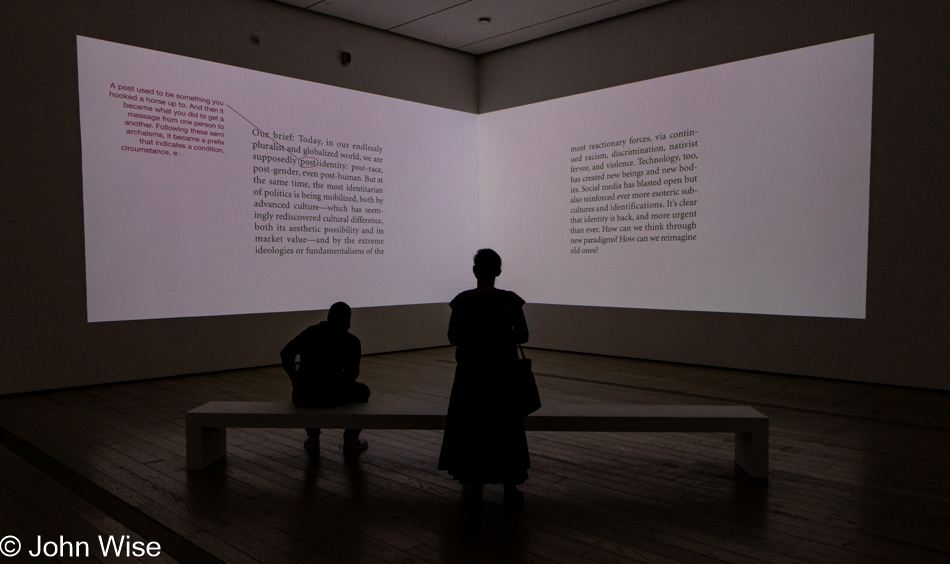
The war is about identity and cultural differences. Society, by and large, hates individuality.

“You. You know that women have served all of these centuries as looking glasses possessing the magic and delicious power of reflecting the figure of man at twice its natural size,” from Virginia Woolf’s A Room of One’s Own. On the floor, it says, “If you want a picture of the future, imagine a boot stamping on a human face – forever!” This last quote is from 1984 by George Orwell.

Five hundred years ago, Tenochtitlán fell, and the Aztec culture was crushed by the European invaders. Mexico City rose from the ashes of that Aztec capital, and this exhibit at LACMA titled Mixpantli: Space, Time, and the Indigenous Origins of Mexico subverts that narrative and looks at how artists from the merged cultures created the world anew. The Nahua people describe Mixpantli as the “Banner of clouds,” referring to “The first omen of the conquest, depicting this omen as both a Mexica battle standard and a Euro-Christian column enveloped in clouds.”
On the ground in the main part of this exhibit lies a room-sized etching showing the map of Tenochtitlán/Mexico City during the time of colonization that still features human life and the activities that are part of that instead of the sterility of a map that only demonstrates territory. The artist who created this is Mariana Castillo Deball from Mexico City, who studied there and in Maastricht, Netherlands; she now lives in Berlin.
I’m pointing out the Berlin connection because of the fact that currently, many artists live in Germany due to Germans generally supporting the arts. But I have to wonder as the heart of Europe moves to invest more money into the military after years of believing that trade and culture were the most important part of keeping the peace on that continent. Now, with Putin in Ukraine, like Spain in Tenochtitlán, are we witnessing a change in priorities that, for at least some period of time, will disenfranchise so many international artists who count on the power of Germany to help create new ideas?
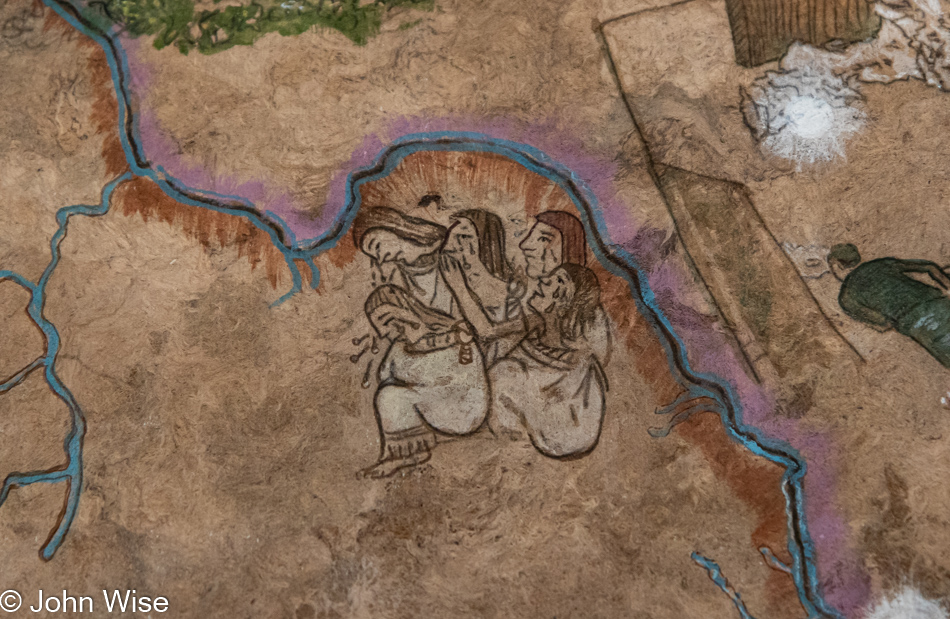
Sandy Rodriquez of Los Angeles created this work that is a lot bigger than this little corner I’m sharing here. The piece is called, “You will not be forgotten, Mapa for the children killed in custody of US Customs and Border Protection.”

This scene titled Gare Saint-Lazare by Claude Monet ties into something similar to the works of Paul Delvaux I appreciate and that is depictions of trains and their stations. This station in Paris servicing the Normandy area has been in operation since 1837. This painting is on exhibit as part of City of Cinema: Paris 1850–1907, going on at LACMA through July of this year.

We ended our time at the museum right here at the Black American Portraits exhibit, which is over in two weeks. The centerpieces in this exhibit are from Kehinde Wiley, who created the piece here in the middle of other worthy artists and one behind me also from Kehinde of artist Mickalene Thomas. Tragically, we missed seeing the Obama portraits that were on display here at the museum back in January when we were in L.A.
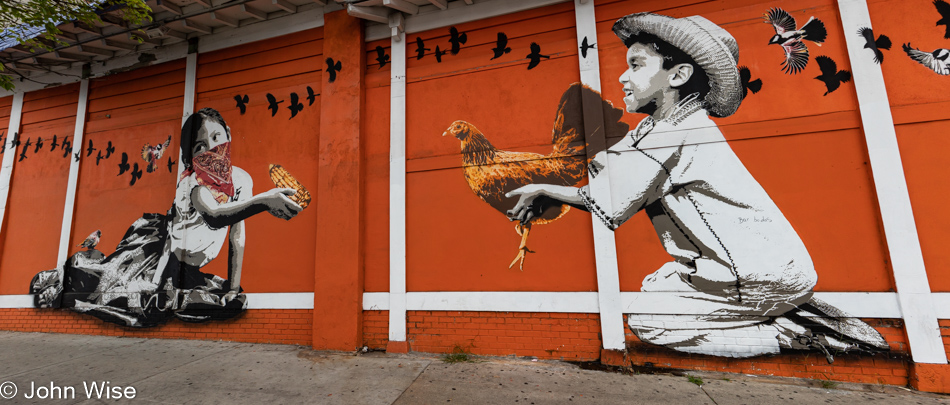
After leaving LACMA, we pointed the car in the direction of Olympic Boulevard to revisit Guelaguetza Oaxacan restaurant. We had our first encounter with chapulines back in November 2018 with our daughter Jessica. (I was referencing grasshoppers if you were wondering what chapulines are.) As for the daughter reference for those who know Caroline and me but not Jessica, I was previously married. Today, we are going to try Huitlacoche, or corn fungus, to spell it out simply. Also on the menu was a tlayuda guelaguetza with chorizo, dried beef tasajo, and grilled marinated pork cecina. In case you are not sure what a tlayuda is, it’s a toasted large tortilla something akin to lavash.
Now that we totally have Mal de Puerco (thanks, Gabriela, for this one; it literally means “Disease of the pig,” but could also be considered a food coma), we wandered aimlessly down Pico, just trying to drive slow and straight. Caroline stopped in a small Oaxacan grocery looking for hot chocolate powder because, again, Gabriela, we now need some of that Mayan hot chocolate we fell in love with at Cocao Nativa in San Cristóbal de las Casas, Mexico, a couple of weeks ago. Came up empty-handed there. So we just kept going.

Looking for something to do on this unplanned part of the day, Caroline found a Kinokuniya Japanese bookstore in Santa Monica that should have only required a single left turn, but the Mal de Puerco was working hard on us, so we had some turns and such before we arrived at the Mitsuwa Marketplace on Centinela Avenue where the bookstore is located. The selection of colored pens is extraordinary and it requires some serious willpower to not grab one of each for the drawing I’ll never get to.

Too bad we are stuffed as the ramen here is right on. Again, I can’t help but think, as I did in San Cristóbal, why can’t we have nice things in Phoenix? As a matter of fact, as I write this, I’m at another non-descript strip mall of an anonymous intersection here in the desert we live in; from here at Starbucks, I peer out the windows at a Five Guys, Walmart, Petco, Rubios, a mattress shop, TitleMax, GNC, and some other corporate franchised businesses that lack any character, flavor, or uniqueness. But this is not supposed to be a lament post, just a celebration of the things that draw us into travel and out of our generic and mundane corner of America.

I waffled a minute but then decided that the Hello Kitty Moleskine notebook, even at $30, was mine. Monday is my birthday, so I’ll just consider this notebook as my 59th birthday gift to myself.

We were just about a block from Venice Beach, where I was certain I wouldn’t find a hint of parking, although we did find a Starbucks that has 30 minutes of parking out back. To fight back the food coma, we are sucking down a coffee at 7:00 p.m. and doing some writing; well, Caroline was reading, but then it was time for more meandering as our time allowed for parking was quickly coming to an end.
Only a few blocks away, I found that parking spot I thought would be difficult to spot, and it was a cheap $5.00. A walk on the beach is the perfect punctuation to a perfect day; it may be late and gray, but still, we are walking in the sand along the Pacific.

At our hotel back in Korea Town by 8:30, it’s just too early to give in to the heavy eyes we’re carrying with us, and so, out into the night, we go. The idea when I made these plans was to see whatever Korean movie was playing just up the street, but it turns out there’s nothing currently playing that was made in Korea. There was The Batman subtitled in Korean, but we passed on that. The Korean corndog and weird sandwich shop we’d visited before closed already, and the plaza where these places are was not as lively as it was a few years ago. I’d like to say, “Funny how the pandemic changed things,” but none of it is really funny.
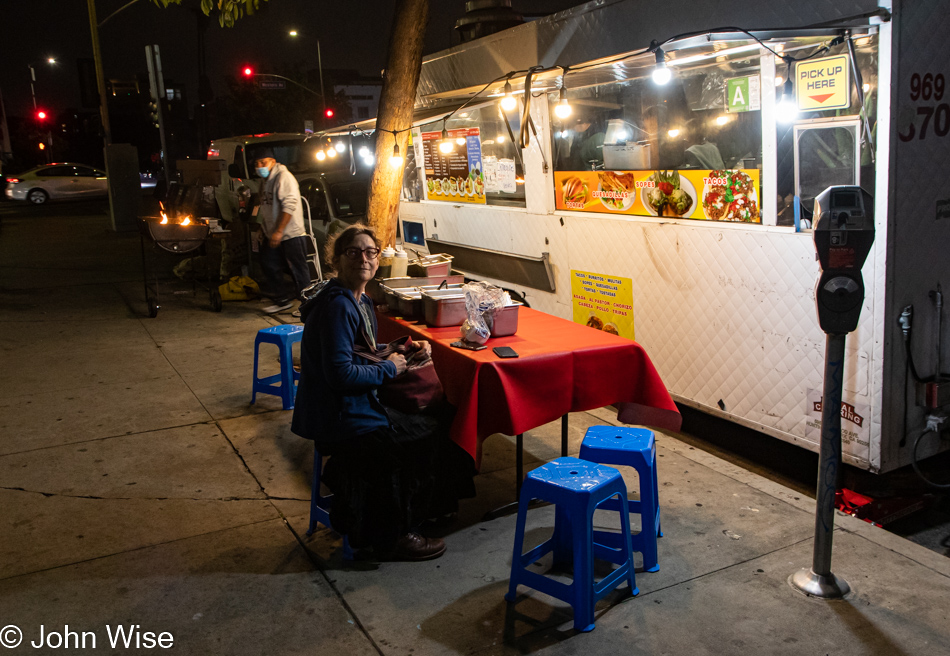
So we continued a short walk around the neighborhood, looking for something light to eat. One place, called Sun Nong Dan, looked seriously promising as it was packed with nothing but younger Koreans, but they were serving giant portions. Their sign out front also noted they serve breakfast; asking the host near the door what time they open, he said they are open 24/7. Galbi Jjim (beef short ribs) covered in cheese might just be on the breakfast menu for the two of us in the morning, though we were also considering a pastrami and chili burrito at Oki Dog; we’ll see.


